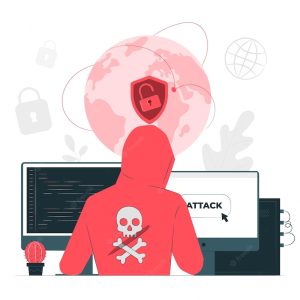- 8 November 2023
- 111
Insider Threat Prevention: Cultivating a Secure Organizational Culture

Insider Threat Prevention: Cultivating a Secure Organizational Culture
Understanding Insider Tech Risks As the CISO of a major technology company, John Smith knows first-hand the damage insider threats can cause. “We had an employee with privileged network access go rogue and exfiltrate terabytes of sensitive customer data,” he recalls. To prevent future breaches, Smith overhauled company policies and culture with a focus on insider threat prevention.
Building a Foundation of Trust with Employees
The first step was establishing transparency. “I met with all staff to explain why security was now a top priority and how each person plays a role,” says Smith. Regular communication builds understanding and trust between employees and leadership. Smith also implemented a security awareness program to foster a culture where employees feel empowered to report concerns without fear of retaliation.
Promoting Awareness of Phishing & Social Engineering
Ongoing training is key to combating evolving hacks. Smith worked with the HR and training teams to incorporate security modules into onboarding and annual refreshers. “We do simulated phishing tests and provide guidance on spotting social engineering. The goal is making every employee the first line of defense,” he explains. Test results show a significant drop in click rates over time.
Monitoring Privileged Accounts & Anomalous Activity
While education is critical, technology also plays a role. Smith’s team implemented Privileged Access Management solutions to monitor elevated accounts for anomalies. They receive alerts on unusual logins, downloads of large data sets, or log files being tampered with. “Catching activity outside of normal patterns is how we’ve identified and shut down insider threats in real-time,” says Smith.
Leading by Secure Example in Password Management
To encourage secure behaviors, leadership must lead by example. Smith ensures all executives use a password manager to generate and store unique, complex passwords that are changed regularly. “We can’t expect staff to take security seriously if we don’t practice the same habits ourselves. It’s about cultivating a culture where security becomes second nature,” he emphasizes.
Fostering Communication on Software/Hardware Risks
Smith holds monthly forums where any security topic can be anonymously raised without fear of reprisal. “This has led to us discovering vulnerable open source code and outdated systems. By addressing issues proactively, we prevent them from becoming bigger problems down the road,” he says. Early identification of risks, whether internal or external, is key.
Rapid Response to Potential Insider Tech Events
While prevention is ideal, response planning remains crucial. Smith’s team updated incident response plans to address insider threat scenarios. “We practice tabletop exercises to ensure smooth coordination between security, HR, legal and other teams in the event of suspected malicious insider activity,” he notes. Early containment and investigation are paramount.

Conclusion
As technology continues to evolve, so too must approaches to insider threat prevention. However, the common thread remains cultivating an organizational culture where security becomes second nature through ongoing education, communication and leadership. With the right strategies in place, companies can empower employees to help prevent breaches before they occur.

